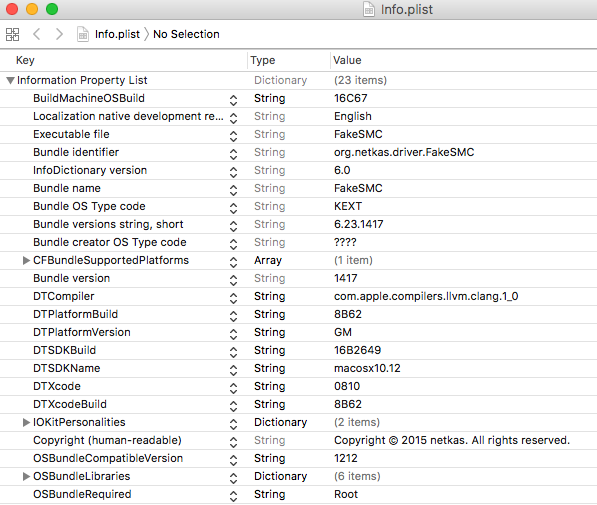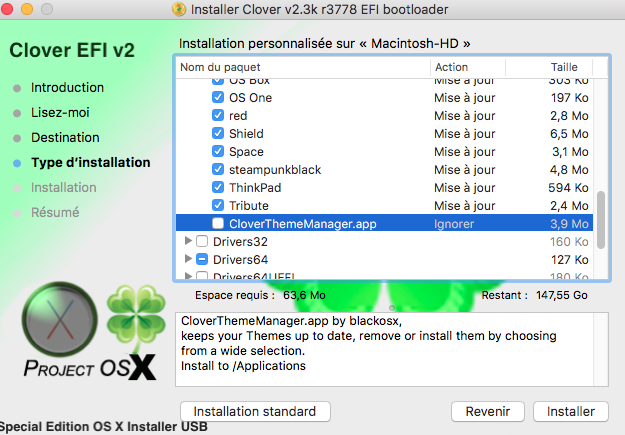

- #Clover efi special edition install
- #Clover efi special edition update
- #Clover efi special edition upgrade
- #Clover efi special edition software
The best solution is to upgrade rEFInd to the latest version. These are generally caused by a boot coup, as described on this page of the rEFInd documentation, Version 0.12.0 of rEFInd had a bug that caused it to hang with some Apple EFIs, though, and as Apple often upgrades Macs' EFIs as part of the OS upgrade, this bug caused problems for some users after upgrading macOS. Every time Apple upgrades macOS, I see reports of problems.

I now use "macOS" to refer to any version of this OS. Note: As of version 10.12 ("Sierra"), Apple has renamed its OS X OS to macOS. When I refer to "the refind directory" on this page, I mean the directory with that precise name, not the refind- version directory that is its parent. This directory includes a subdirectory called refind that holds the rEFInd binary along with another that holds documentation, as well as miscellaneous files in refind- version itself. Important: A rEFInd zip file, when uncompressed, creates a directory called refind- version, where version is the version number.
#Clover efi special edition install
If you're using Windows, you'll have to install manually. If your Linux system doesn't support these formats, though, or if you're running macOS, using the refind-install script can be a good way to go. For most Linux users, an RPM or Debian package is the best way to go. See the Contents sidebar to the left for links to specific installation procedures.

The details of how you do this depend on your OS and your computer (UEFI-based PC vs. Once you've obtained a rEFInd binary file, as described on the preceding page, you must install it to your computer's EFI System Partition (ESP) (or conceivably to some other location).
#Clover efi special edition update
As a result, you will be able to effortlessly update the bootloader, to change the Clover theme, or to adjust the number of log files and backups Clover EFI should keep.Ĭlover EFI is a great tool to have around if you are running macOS on a non-Apple computer that integrates a UEFI motherboard: the installer replaces the default bootloader, integrates powerful drivers, and allows you to customize both the macOS behavior and appearance.Don't be scared by the length of this page! Only portions of this page apply to any given user, and most people can install rEFInd from an RPM or Debian package in a matter of seconds or by using the refind-install script in minute or two.
#Clover efi special edition software
Powerful software solution for booting a custom macOS installation, and improving its performanceįurthermore, Clover EFI also allows you to integrate a custom preference pane in your System Preferences window. Noteworthy is that you have the option to personalize the bootloader’s installation: you can choose to install Clover EFI for UEFI booting only, you can install Clover EFI in the ESP, you can apply a custom theme, decide which drives or scripts should be deployed, and so on. Naturally, you will have to provide the credentials for your computer’s admin account. The Clover EFI software comes with its own installer package, which means that the entire process is reduced to simply following the on-screen instructions. In addition, the software can also be used to create a USB disc containing a custom macOS version and all the necessary drivers. Easy to install bootloader for customizing macOS installations running on non-Apple computersĬlover EFI is a bootloader designed to work with UEFI motherboards, that provides configuration support for your macOS installation.

However, you can create your own “hackintosh” (a computer that has not been built by Apple, but can still run macOS) and customize its behavior with the help of certain pieces of software, such as Clover EFI. Usually, the usage of macOS is limited to architectures released by Apple: the operating system comes pre-installed on Mac computers, and you can easily update it through the Apple App Store.


 0 kommentar(er)
0 kommentar(er)
